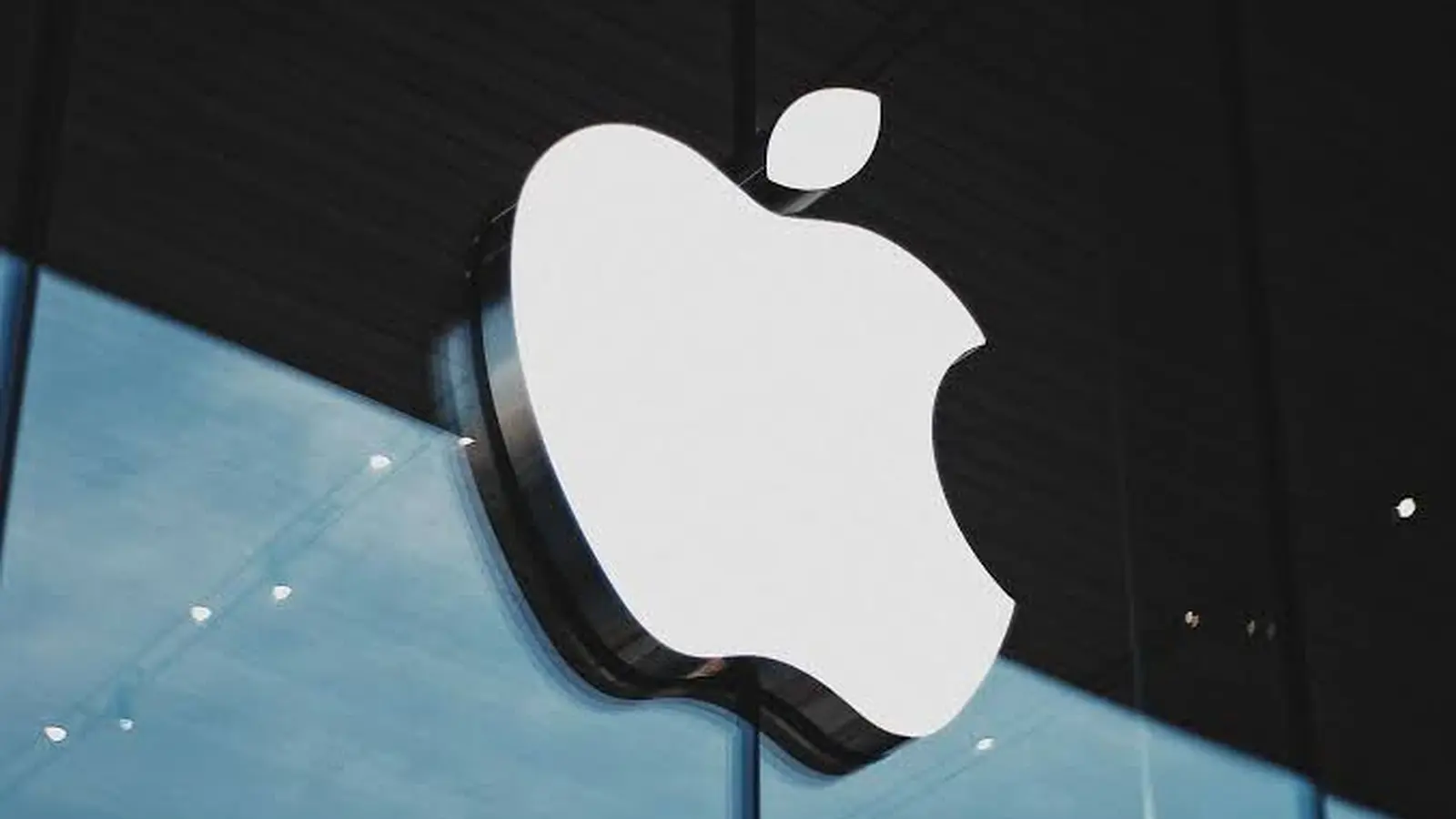3 Minutes
Apple is shifting a major chunk of its smart home manufacturing to Vietnam, marking the first time the country will be the primary production base for an all-new Apple product line. The move aims to reduce reliance on China while accelerating Apple’s push into connected home devices.
Why Vietnam? A strategic pivot, not just geography
Imagine spreading your bets to manage risk. That’s the idea behind Apple’s expansion into Vietnam. Rising geopolitical tension and potential tariff risks have pushed the company to diversify its supply chain beyond China. Vietnam already assembles several Apple products, but now it will host full production for an entirely new family of smart home devices—an important signal about Apple’s long-term manufacturing strategy.
What products are coming — and when
The rollout is staged over the next few years. The first device is a compact 7-inch Home Hub Display scheduled for Spring 2026 (delayed from an initial 2025 target). Designed as a central controller for appliances, music, and communication, it will include FaceTime, adaptive software, and a more capable Siri. Expect it to square off against Amazon’s Echo Show and Google’s Nest Hub.
Later, Apple plans to introduce an indoor security camera by late 2026, integrated tightly into its growing smart home ecosystem. Looking further ahead, a tabletop robot featuring a 9-inch display on a motorized arm is targeted for 2027. That robot is ambitious: it will follow users, enable richer interactive experiences, and leverage advanced AI — but the complexity may push its price higher than typical smart home gadgets.

BYD partnership: the workhorse behind assembly
Apple is partnering with China’s BYD Company to handle assembly, testing, and packaging of these new devices in Vietnam. BYD will also expand iPad production there, deepening Apple’s regional footprint. Working with an established contract manufacturer helps Apple scale quickly while keeping manufacturing expertise close at hand.
Siri gets smarter — and central to the experience
Powering these products will be an upgraded Siri, planned for March 2026. The improved assistant promises smarter web responses, better app control, and adaptive interfaces that personalize interactions across the Home Hub Display, camera, and eventually the robot.
Supply-chain diversification: more than one country
Vietnam isn’t the only beneficiary. Apple has been broadening production across India, Malaysia, and Thailand as part of a deliberate risk-management strategy. Still, the company faces hurdles: a 20 percent tariff on some goods imported from Vietnam remains a notable cost consideration that could affect margins or pricing decisions.
Apple’s new manufacturing plans, BYD collaboration, and the timeline for multiple smart home devices signal a more aggressive push into the connected-home market. For consumers, that could mean more Apple-branded choices for living-room control, home monitoring, and interactive robotics — and for Apple, a more resilient, geographically diverse supply chain.
Source: gizmochina


Leave a Comment